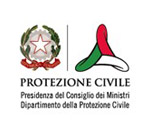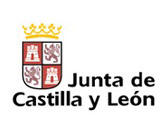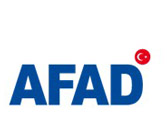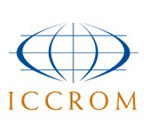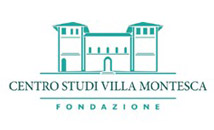By Ing. Paolo Iannelli, MiBACT, Director of Service II, Emergencies and Reconstruction – General Directorate for Cultural Heritage Security
The COVID-19 pandemic, which heavily affected our country since March 2020 forcing it to a hard lockdown, has severely impacted on the Italian Ministry of Culture and Tourism – MiBACT expertise. Among the areas most affected within the Ministry’s competence, Tourism, has suffered the greatest damage and losses due to the closure of borders and the ban on circulation within and between regions throughout the country, putting a drastic halt to the entire production chain (accommodation facilities, travel agencies, car rental companies, tourist guides, etc.), with the consequent reduction of the related commercial sector and services, hence compromising a significant slice of the country’s GDP. Equally serious was the damage to cinemas, concerts and theatres and more generally to the entertainment sector, forced to close due to the ban on aggregation and meetings in public places. In a less evident, but equally significant way, the COVID emergency, with the suspension of public access to all cultural institutes, museums and events during the lockdown phase, has led to the definition of new organizational models for the management of the security of both the personnel and visitors of cultural sites as well as for the fire safety regulations. With regard to protection, for which MiBACT has exclusive competence in Italy, there were no particular critical issues during the lockdown phase, which however emerged during the subsequent phase of gradual reopening to the public, particularly concerning the implementation of measures to contain the spread of the virus. With regard to protection, for which MiBACT has exclusive competence in Italy, there were no particular critical issues during the lockdown phase, which however emerged during the subsequent phase of gradual reopening to the public, with regard to certain measures to contain the spread of the virus.
The lockdown imposed since March 9, 2020, providing for the closure of all cultural institutions and sites, as well as all churches, led for the first time in the history of the country in times of peace, to a state of almost total inaccessibility to cultural heritage. The situation immediately imposed a series of organizational and governmental realignments related to the management and safety of these places, where the presence of even particularly vulnerable cultural heritage is undoubtedly the most characteristic element. In particular, it was necessary to identify differentiated solutions among the different types of cultural institutions and sites: museums, archives, libraries, archaeological sites and parks as well as monumental complexes. In fact, the management of these sites, which differ from each other in terms of architectural conformation, preserved materials and institutional purposes, necessarily requires specific organizational and management solutions for security; operating in institutions structured to carry out the primary task of guaranteeing “maximised” public use both in terms of opening time and “number of users”, essentially based on the interaction between personnel and technological systems, required the reprogramming of security systems and a new surveillance strategy, deriving from the reduced presence of staff, which, under ordinary conditions, guarantees the appropriate integration of surveillance and control systems. This experience will certainly lead to considering new operational scenarios in the design of safety systems for institutions and cultural sites, taking into account scenarios like the current one with management solutions ready to be applied in the event of pandemic crises. Alongside the “new” issues related to the security of cultural heritage in situations of extreme confinement such as the lockdown experiences these past months, a strong need emerged to communicate and virtually share through other media the temporarily inaccessible cultural heritage, to keep the strong bonding alive with its territory and community, by ensuring its presence in the life of each of us.
The Ministry wanted to guarantee the enjoyment of cultural heritage, compatibly with the restrictions arising from the management of the health emergency, by strengthening an important aspect, also existing in the ordinary that is the virtual “visit” of museums and cultural sites, which in addition to the visit experience allows the possibility of a deeper knowledge of contents.
MiBACT initiatives have been many and diversified, also collected on its institutional website in the dedicated page “Culture does not stop”: digital initiatives of museums, archaeological sites and parks, libraries, archives, cinema and music.
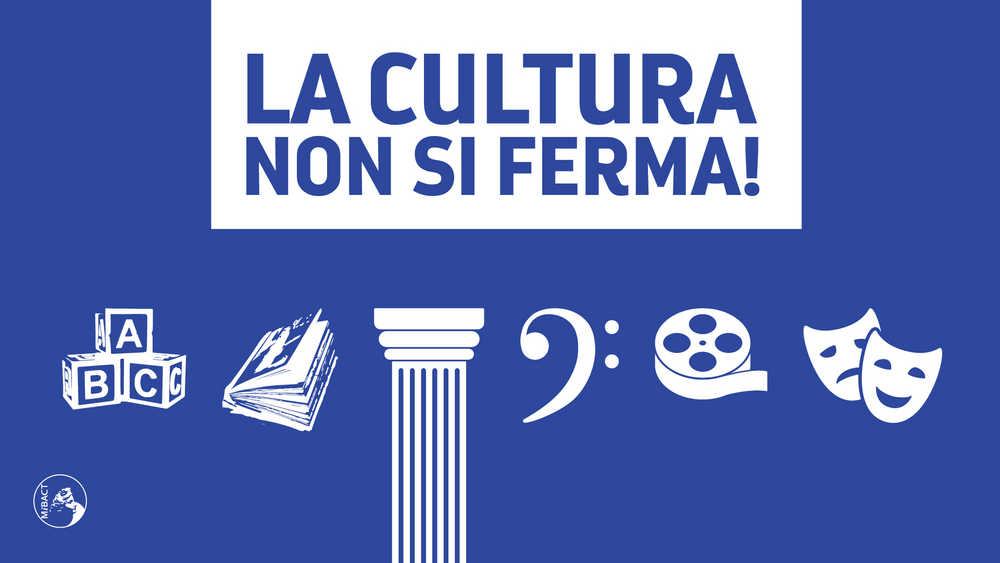
All MiBACT Institutes have been called to share their ordinary activity with citizens and to virtually keep open the institutes and places of culture also through the dissemination of studies and unpublished material or through the sharing of cultural activities that had at their core the very meaning of the cultural heritage that appeared all the more evident when it came to miss. All MiBACT Institutions have been called to share their ordinary activity with citizens and to virtually keep all sites and places of culture open also through the dissemination of studies and unpublished material or through the sharing of cultural activities that had at their core the very meaning of cultural heritage that appeared all the more evident when suddenly missing. In this regard, it is worth recalling that since 2015 our country has included among the essential public services of the State the enjoyment of cultural institutions and sites, thus strengthening the “essential value ” of cultural heritage as a principle in the daily life of every citizen but also, in a more general way, for the economic and social system of the country.
In the lockdown phase, ordinary activities in cultural sites continued largely in remote form, as established by the Prime Ministerial Decree of March 8, 2020, which allowed employers to activate smart working throughout the country until the end of the emergency. The Decree of the Presidency of the Council of Ministers (DPCM) of 11 March 2020 and Decree-Law No. 18 of 17 March 2020 further encouraged employers to use smart working, defining it, in the public sector, as the ordinary mode of performance. In addition, notes from the MiBACT Secretary General and the competent Directorates-General have declined both the way it is carried out and the main rules of monitoring and verification from an operational point of view.
Phase 2 of the COVID 19 emergency management, launched with the DPCM of 17 May 2020, which came into force on 18 May, provided, among other, for the gradual reopening of cultural institutions and places compatible with the pandemic containment measures, in order to ensure the safety of workers and users.
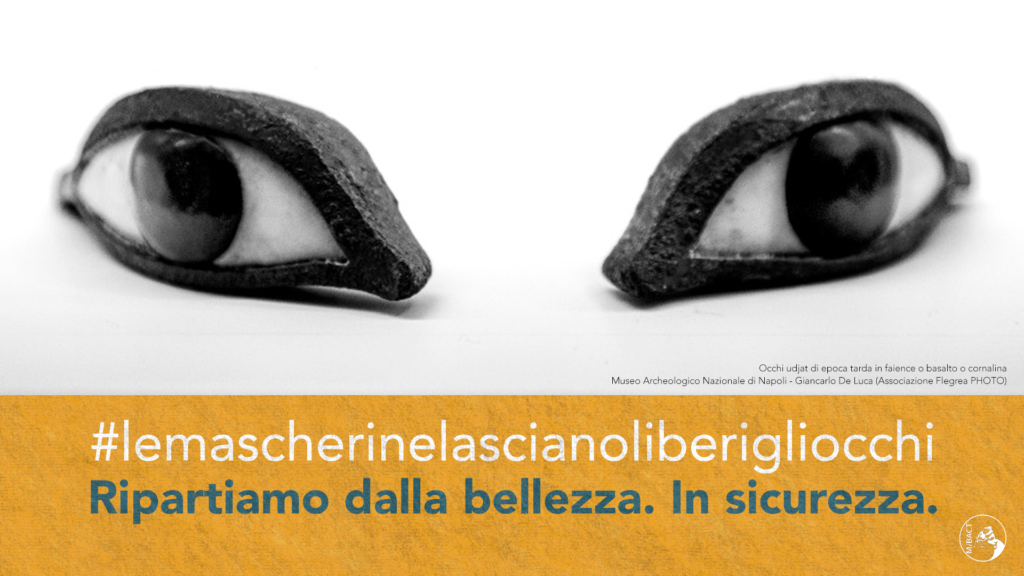
The Ministry set up a new page in its official website that lists the state cultural sites that reopened according to the DPCM 17 May 2020
The General Directorate of Museums has activated on its institutional website a page dedicated to the management of the reopening phase of the Museums which reports the guidelines and indications issued by the GD, the Technical Scientific Committee, other MiBACT and non-MiBACT Institutes and the updated list of culture sites reopened to the public.
In relation to the containment measures and in particular those requiring sanitization of the environments open to the public, it was necessary to verify the compatibility of the methodologies and substances used for this purpose with the protection and conservation of cultural heritage. The protocols of the Italian Ministry of Health have foreseen, for places open to the public, a series of sanitizations measures to avoid the spread of the virus. Those protocols arisen the need to verify, on behalf of the MiBACT Institutes, the vulnerabilities of cultural heritage, considered both as mobile heritage inside buildings and in relation to buildings, themselves often considered cultural heritage, characterized by surfaces, decorations and furniture of exceptional value.
The Central Institutes of MiBACT (the Istituto Centrale per la Patologia degli Archivi e del Libro, the Istituto Centrale per il Restauro and the Opificio delle pietre dure) have developed specific guidelines with regards to the compatibility of sanitation systems and products with the cultural heritage and more generally on how to guarantee its conservation.
The guidelines are available through the institutional website of the Directorate General for Education and Research at the following link: https://dger.beniculturali.it/coronavirus-linee-guida-per-la-tutela-e-la-conservazione-del-patrimonio-culturale

